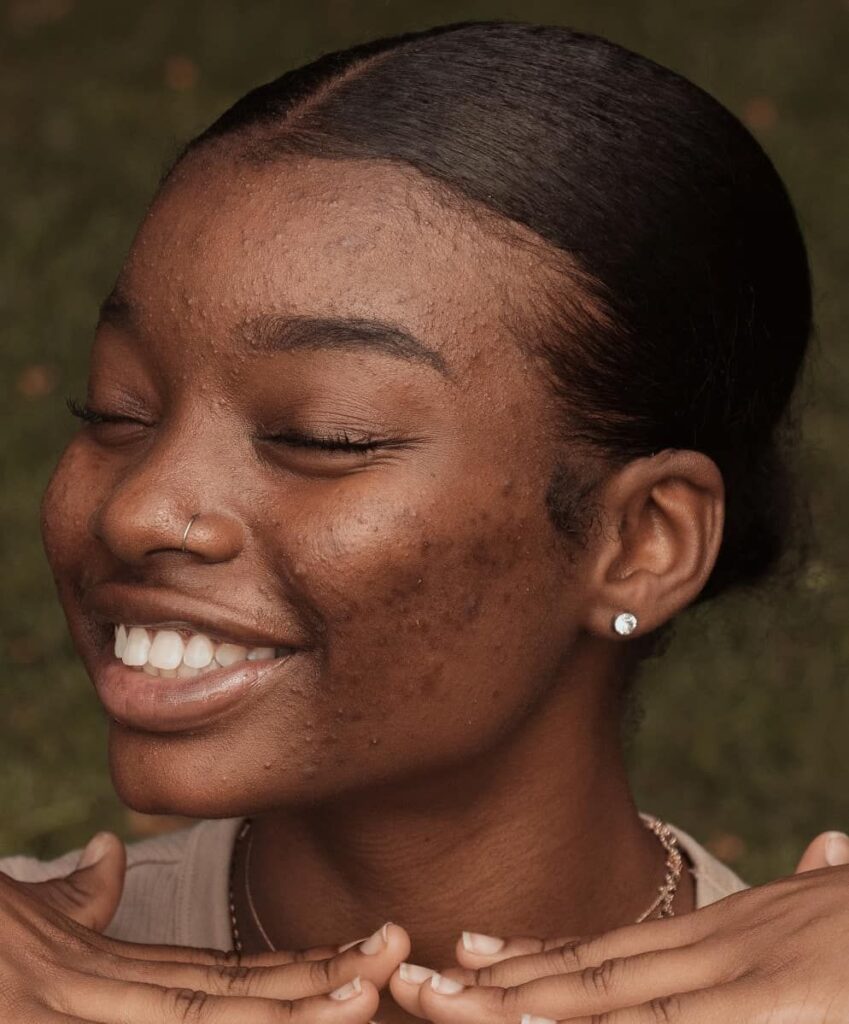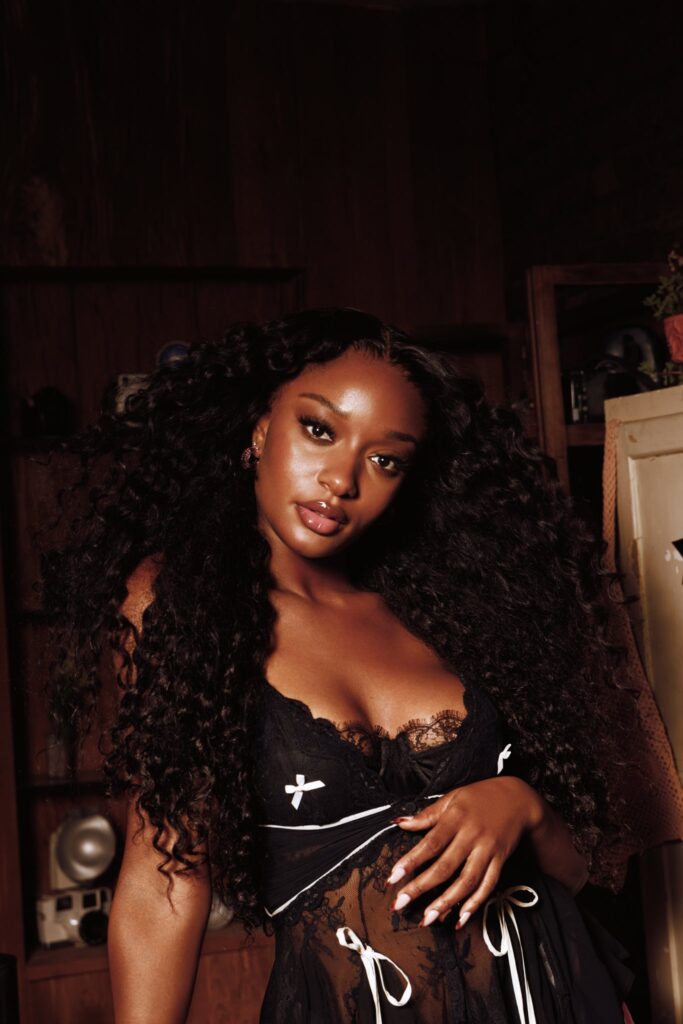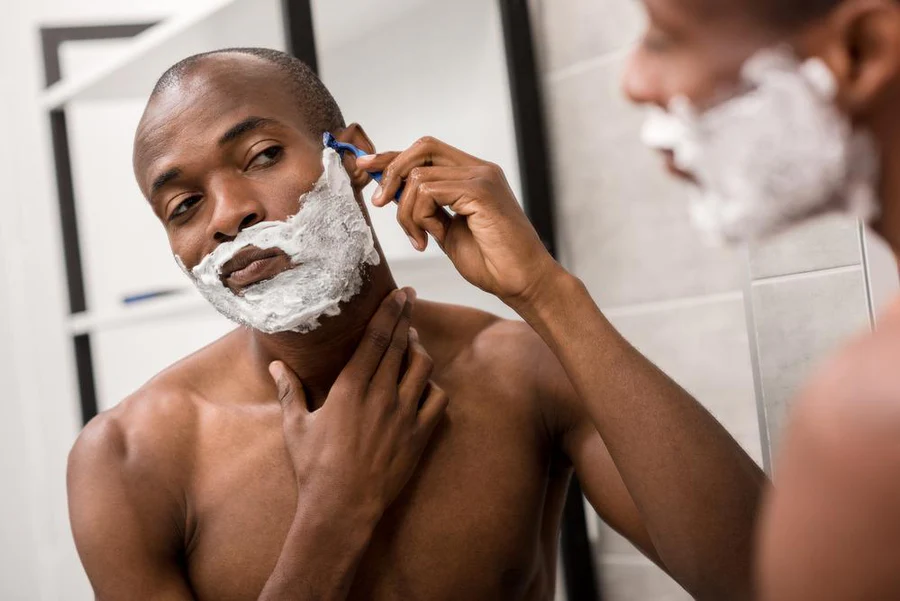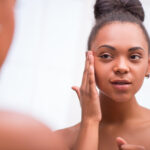
Ever wondered what the black spots/lesions on your face are?
You’re wrong if you ever described these as pimples; these are indeed blackheads.
Blackheads are the small bumps or lesions that appear on the skin caused by clogged hair follicles. Rightfully named blackheads, the surface of these bumps are dark/black in appearance. Not limited to the face, blackheads form o other parts of the body, including the neck, back, chest, arms, shoulders and around the genitalia; anywhere hair typically grows.
These bumps contain oxidized melanin. Typically hair grows from hair follicles in the pores while the sebum-producing sebaceous glands lay underneath.
However, once these pores are plugged, the dead skin cells in the open pore react to the oxygen in the hair, causing it to turn black, thus forming a blackhead.
Who gets blackheads?
Blackheads usually affect teens and young adults undergoing hormonal changes. However, sometimes, many adults continue to have acne into their 30s.
What causes blackheads?
These bumps (comedo) are formed when the hair follicles are clogged by dead skin cells or oil. However, these bumps may appear in two forms, when the skin over the bump stays closed, this bump is called a whitehead. However, if the skin over the bump is open and left open to the air, it causes it to turn black, forming a blackhead.
Other causes of blackheads include:
- Too much oil production
- The buildup of Propionibacterium acnes bacteria on the skin
- Hair follicle irritation caused by dead skin cells
- Hormonal changes
- Certain drugs
- Heavy sweating
- Shaving
How do you spot a blackhead?
Their dark colour makes it very helpful to spot blackheads on the skin. These bumps aren’t inflamed and are less painful.
Treating a blackhead
There are different ways to treat blackheads, whether you opt for over the counter treatments, chemical peels or laser or light therapy. Follow these Do’s and Don’t’s to care for your blackheads:
Do’s
Cleansing: Fragrance-free, face exfoliating scrubs are an easy at-home way to get rid of blackheads. However, be sure to opt for scrubs made for sensitive skin and without skin-drying ingredients.
Drying up your skin reduces oil production, but overly dry skin stimulates excess oil production, making things worse.
OTC Prescription & Treatments: Before trying out any drugs on your skin, book a consultation with your dermatologist. They’ll probably recommend azelaic acid, salicylic acid or benzoyl peroxide; these are topical treatments that can be applied directly on the skin.
To also improve skin cell turnover and prevent plus to hair follicles, your dermatologist might also recommend products with Vitamin A like tretinoin, tazarotene, and adapalene.
Good diet and rest: Stress is a well-known trigger of sebum production, so as being well-rested reduces stress and drops sebum levels. Switch your diet to more beneficial ones, with fresh fruit and vegetables.
Makeup and cosmetics: Opt for non-comedogenic products that do not clog pores if you have to wear makeup.
Dont’s
Squeeze: Squeezing blackheads yourself can cause skin irritation worsening the problem.
Oil-based products: Only increase oil in the skin, clogging up its pores.












